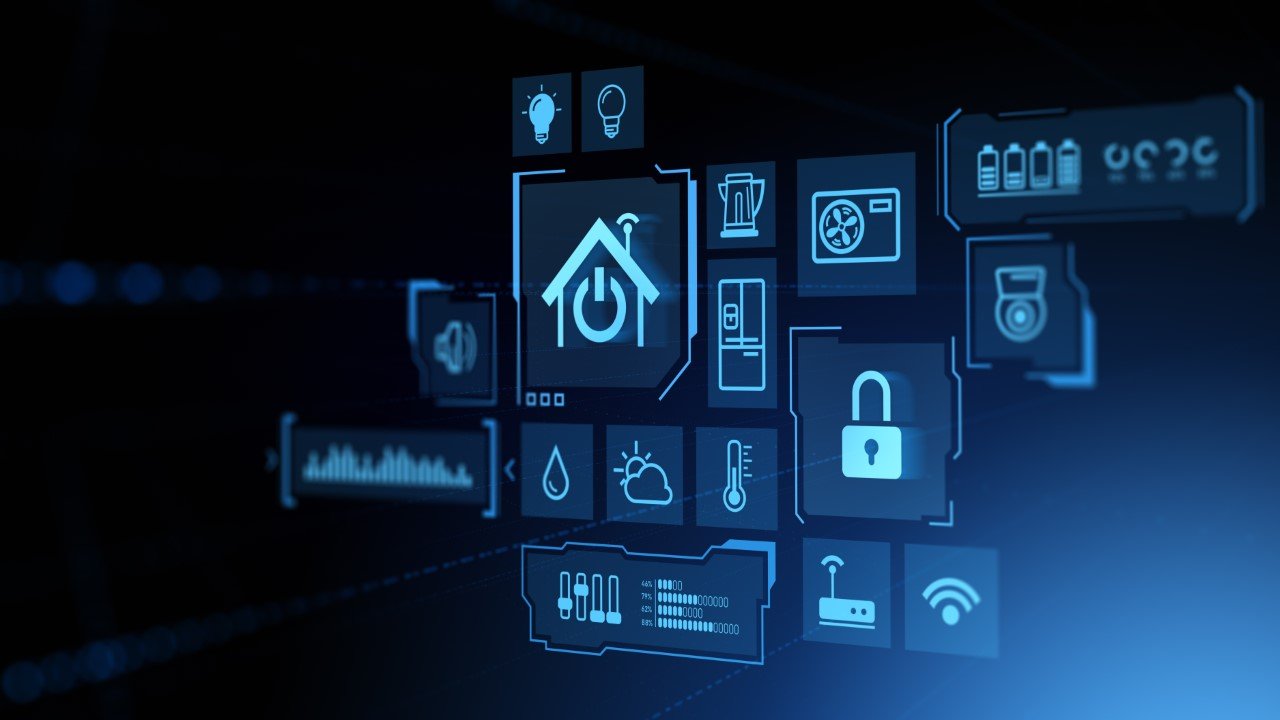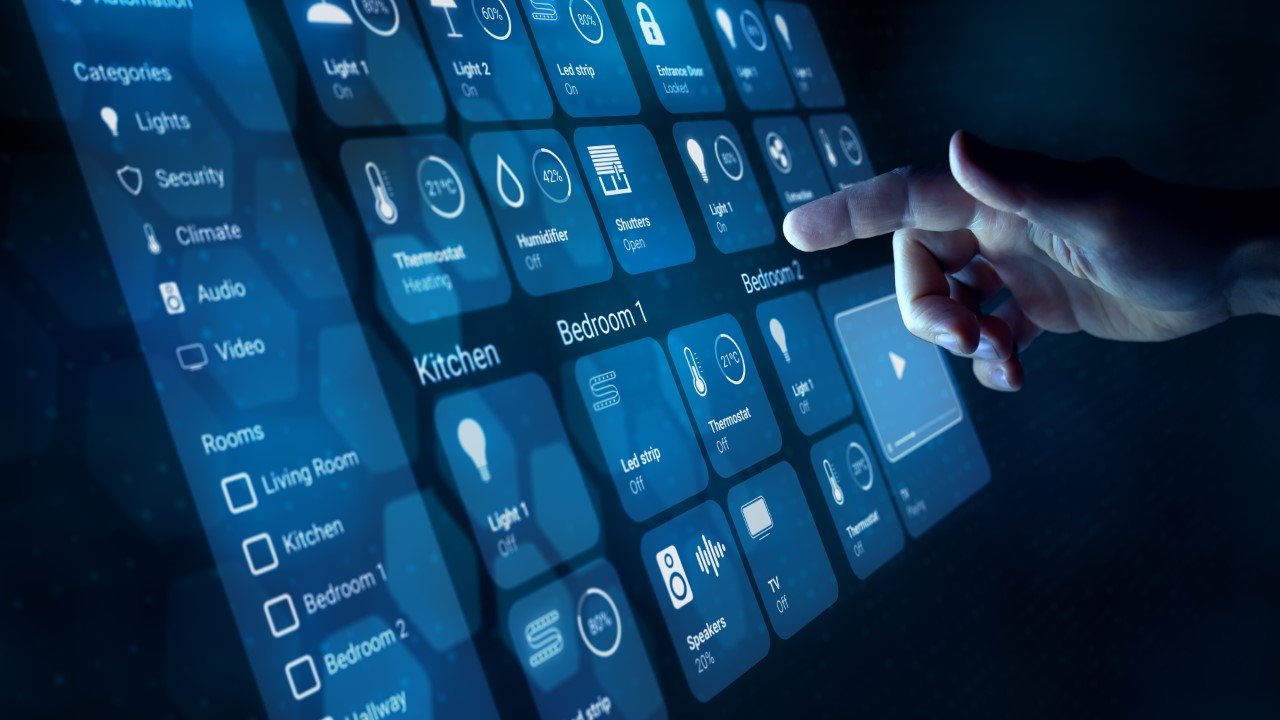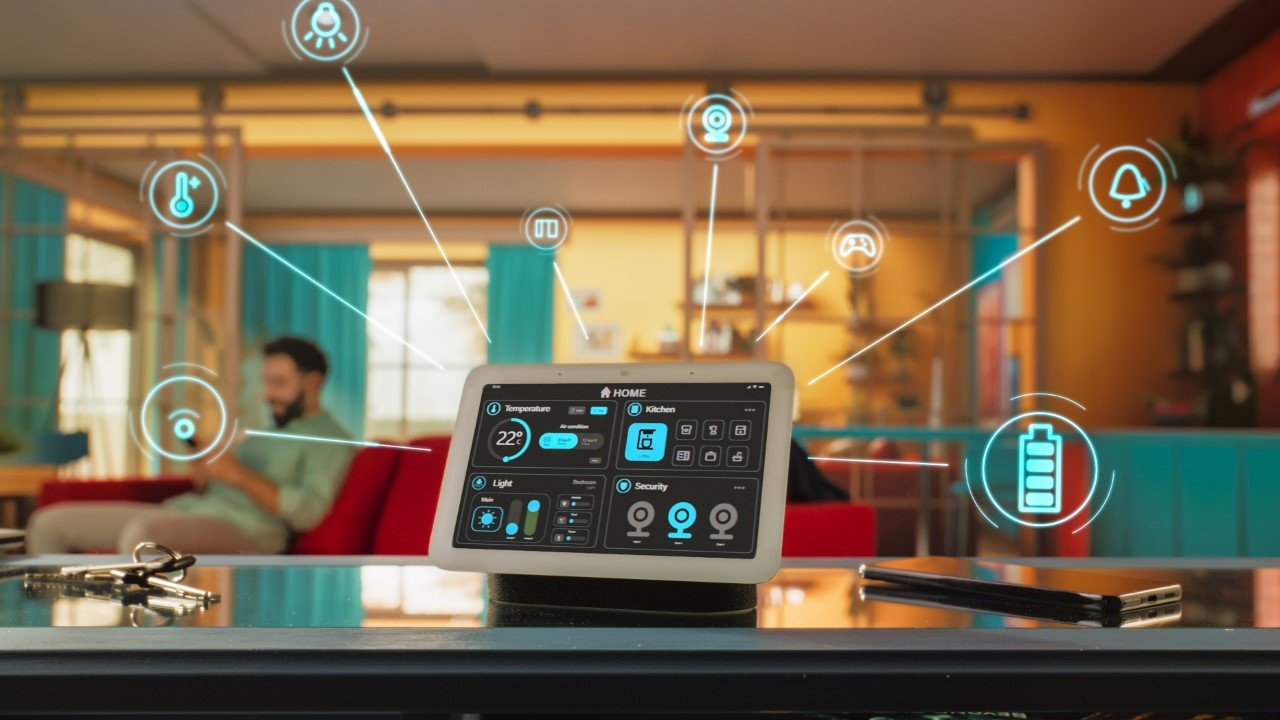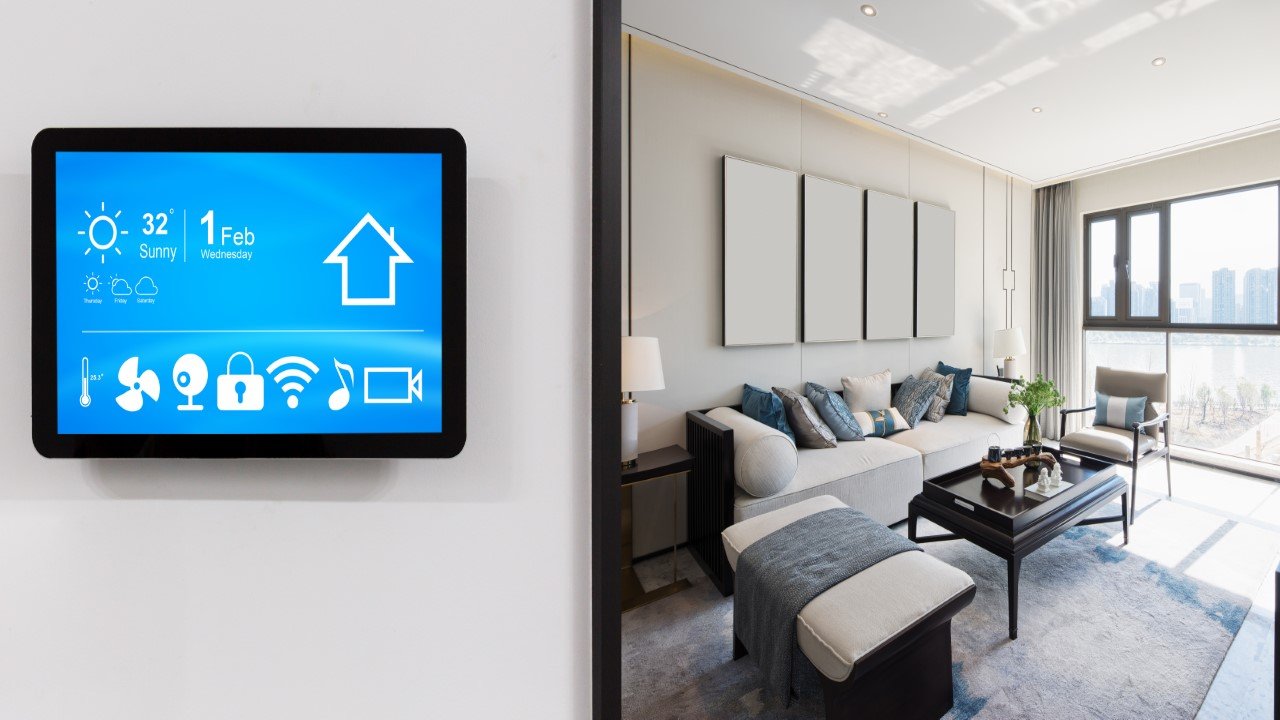KNX is recognized globally as the standard for building automation, designed to control and manage various building systems such as lighting, HVAC, security, and more. It facilitates seamless communication among devices from different manufacturers, ensuring interoperability and flexibility in building automation setups. Meanwhile, the Internet of Things (IoT) in building automation leverages connected devices and sensors to monitor, control, and manage building systems in real-time. KNX technology is known for its reliability, interoperability, and standardized communication protocols.
KNX provides a robust foundation for integrating diverse building systems into cohesive, efficient networks. On the other hand, IoT enhances traditional building management systems by offering advanced capabilities such as data analytics, remote monitoring, automated responses, remote accessibility, and cost-effectiveness. This combination allows for tailored solutions that meet specific requirements and preferences of building owners and stakeholders, ensuring effective implementation of building automation systems that optimize performance and enhance operational efficiency.


Key Features of KNX & IoT in Building Automation
-
Device Compatibility: KNX supports seamless integration of devices from multiple manufacturers, allowing for a cohesive building management system.
Standardized Protocol: Ensures all KNX-certified devices can communicate, regardless of the manufacturer.
-
Modular Design: Suitable for projects of all sizes, from small homes to large commercial buildings, with the ability to expand as needs grow.
Flexible Configuration: Easily reconfigure and upgrade the system without significant overhauls.
-
Robust Communication: Uses twisted pair wiring, powerline, RF, or IP, ensuring dependable and stable communication.
Decentralized Control: Each device operates independently, enhancing system reliability and reducing the risk of total system failure.
-
Optimized Control: Automated control of lighting, HVAC, and other systems to minimize energy consumption.
Energy Monitoring: Provides detailed data on energy usage, helping to identify areas for improvement and reduce operational costs.
-
Intuitive Software: User-friendly software tools for system design, configuration, and management.
Ease of Use: Simplifies system operation, making it accessible even to non-technical users.
-
Customizable Solutions: Tailored to meet the unique requirements of various building types and applications.
Future-Proof: Easily integrates new technologies and devices, ensuring long-term adaptability.
-
Secure Communication: Encrypted communication protocols to protect against unauthorized access.
Access Control: Integrates with security systems to manage and monitor access to different building areas.
-
Environmental Control: Automated and remote control of HVAC, lighting, and shading to maintain optimal indoor conditions.
Scenario Management: Predefined scenarios to adjust multiple systems simultaneously, enhancing user comfort.
-
Continuous Data Collection: IoT sensors continuously gather data on various building parameters such as temperature, humidity, occupancy, and energy usage.
Instant Insights: Real-time data provides immediate insights into building performance, allowing for quick adjustments and optimization.
-
Proactive Issue Detection: IoT devices can predict potential equipment failures by analyzing patterns and trends, reducing downtime and maintenance costs.
Automated Alerts: Receive automatic notifications when maintenance is required, ensuring timely interventions and extending the lifespan of equipment.
-
Remote Access: Manage and control building systems from anywhere using mobile devices or web interfaces.
Automation: Set up automated responses based on sensor data, such as adjusting HVAC settings when occupancy levels change or dimming lights when natural light is sufficient.
-
Advanced Analytics: Utilize data analytics to identify inefficiencies and opportunities for improvement in building operations.
Custom Reports: Generate detailed reports on energy usage, system performance, and other key metrics to inform strategic decisions.
-
Optimization: Monitor energy consumption in real-time and adjust systems to optimize energy usage, reducing costs and environmental impact.
Renewable Integration: Seamlessly integrate renewable energy sources, such as solar panels and wind turbines, into the building management system.
-
Integrated Security Systems: Connect IoT security devices, such as cameras, alarms, and access control systems, for comprehensive building security.
Real-Time Alerts: Receive real-time alerts for security breaches, unauthorized access, or other suspicious activities.
Access Management: Manage access to different areas of the building remotely, enhancing security and convenience.
-
Modular Design: Easily expand and adapt the IoT system as the building’s needs grow, without significant overhauls.
Interoperability: Ensure compatibility with a wide range of devices and systems, providing flexibility in choosing the best solutions for your building.
-
Personalized Environments: Use IoT sensors to create personalized environments for occupants, adjusting lighting, temperature, and ventilation based on individual preferences and occupancy.
Enhanced Wellbeing: Monitor indoor air quality and other environmental factors to ensure a healthy and comfortable living or working space.
Applications of KNX and IoT in Building Automation
Applications of KNX and IoT in Building Automation
-
Smart Home Solutions: Implement advanced automation for lighting, climate control, and security to enhance comfort and convenience.
Energy Management: Optimize energy consumption through automated lighting and HVAC systems, reducing utility bills.
Remote Monitoring: Use IoT devices to monitor and control home systems remotely, ensuring peace of mind while away.
-
Efficient Building Management: Integrate KNX and IoT to manage lighting, HVAC, security, and other systems for improved operational efficiency.
Occupant Comfort: Automatically adjust environmental conditions based on occupancy and preferences, enhancing productivity.
Predictive Maintenance: Monitor equipment health in real-time and predict maintenance needs to avoid costly downtimes.
-
Machinery Monitoring: Use IoT sensors to track the performance and condition of machinery, ensuring optimal operation and timely maintenance.
Environmental Control: Maintain ideal environmental conditions for sensitive industrial processes through automated KNX systems.
Security and Safety: Integrate IoT-enabled security systems with KNX access control to safeguard industrial facilities and assets.
-
Patient Comfort and Care: Automate lighting, climate, and entertainment systems to improve patient comfort and recovery environments.
Energy Efficiency: Monitor and control energy usage to reduce costs while maintaining critical healthcare services.
Enhanced Safety: Use IoT sensors to monitor air quality, detect smoke or gas leaks, and provide real-time alerts to ensure patient and staff safety.
-
Smart Classrooms: Implement KNX and IoT technologies to control lighting, climate, and AV systems for an enhanced learning environment.
Campus Management: Use IoT to monitor and manage energy usage across campus buildings, optimizing efficiency and reducing costs.
Security Solutions: Integrate KNX access control and IoT surveillance systems to ensure the safety of students, staff, and facilities.
-
Guest Experience: Use KNX and IoT to automate room controls, providing personalized environments for guests and improving satisfaction.
Energy Management: Implement energy-efficient solutions to reduce operational costs without compromising guest comfort.
Facility Management: Monitor and control building systems to ensure smooth operations and quick response to maintenance needs.
-
Customer Experience: Enhance the shopping experience with automated lighting and climate control tailored to customer presence and behavior.
Energy Savings: Use IoT sensors to adjust lighting and HVAC systems based on occupancy, reducing energy consumption.
Security and Inventory Management: Integrate IoT-enabled security cameras and sensors to monitor premises and manage inventory effectively.
-
Operational Efficiency: Implement KNX and IoT solutions for efficient management of lighting, HVAC, and security systems in government facilities.
Energy Conservation: Optimize energy usage to reduce costs and promote sustainability in public buildings.
Public Safety: Use IoT sensors and KNX automation to enhance security and emergency response systems.
-
Event Management: Automate lighting, sound, and climate control for seamless event experiences.
Energy Efficiency: Monitor and manage energy consumption to reduce operational costs while maintaining high-quality services.
Safety and Security: Integrate IoT surveillance and access control systems to ensure the safety of guests and staff.
Benefits of Combining KNX and IoT
Benefits of Combining KNX and IoT
Enhanced Interoperability
Combining KNX's interoperability with IoT's connectivity ensures seamless integration of diverse devices and systems, providing a unified and efficient building management solution.
Improved Energy Efficiency
Leverage IoT data analytics to monitor energy usage in real-time and implement KNX-based automated controls to optimize energy consumption, resulting in significant cost savings.
Advanced Security
Integrate IoT security devices with KNX access control systems for comprehensive building security. Receive real-time alerts and remotely manage security settings to enhance safety.
Increased Comfort and Convenience
Use IoT sensors to monitor environmental conditions and adjust KNX-controlled HVAC and lighting systems automatically, ensuring a comfortable and productive environment for occupants.
Scalability and Flexibility
Easily expand and adapt your building automation system as your needs grow, thanks to the scalable nature of both KNX and IoT technologies.

Discover how KNX and IoT can transform your building into a smart, efficient, and responsive environment.
At TEK-ICONIC, we specialize in integrating KNX and IoT technologies to create smart, efficient, and responsive building automation systems. Our solutions leverage the power of these advanced technologies to provide unparalleled control, efficiency, and comfort in your building operations.







